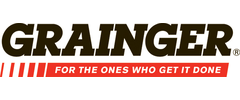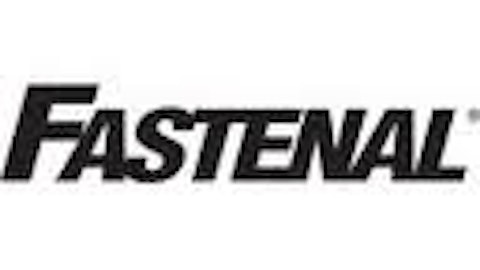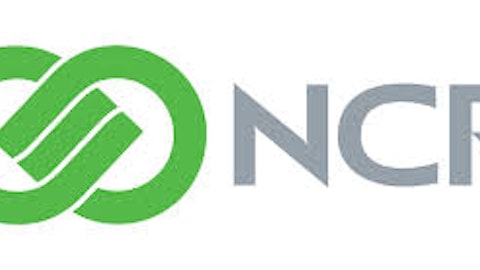The industrial distribution industry is highly fragmented, with the top 50 distributors representing about 30% of the roughly $140 billion North American market. On the surface, the competitive dynamics suggest little ability to create a durable competitive advantage.
Customer switching costs are low–indeed, companies often buy from multiple suppliers, and new entrants can emerge given the massive growth potential in the industry.
However, distributors like W.W. Grainger, Inc. (NYSE:GWW) perform a necessary function by aggregating demand on a national level, which enables manufacturers to operate closer to optimal utilization levels and essentially eliminate inventory risk. Additionally, manufacturers prefer to sell via distributors because selling directly to end users often is prohibitively expensive and outside manufacturers’ core competency.
W.W. Grainger, Inc. (NYSE:GWW) performs the selling function for more than 3,500 suppliers. As it has increased its product offerings and scale, it has offset cost inflation and expanded its gross margins to 43.8% in 2012 from 32% a decade earlier. In addition, the company has generated average returns on invested capital near 17% for the past 15 years. I expect this buying power to continue — W.W. Grainger, Inc. (NYSE:GWW) is the largest customer for seven of its 10-largest suppliers — and project further margin expansion and similarly elevated returns to persist.
W.W. Grainger, Inc. (NYSE:GWW)’s future is not devoid of obstacles. The company’s store footprint is nearly one-fifth that of close rivals Fastenal Company (NASDAQ:FAST) and WESCO International, Inc. (NYSE:WCC), and W.W. Grainger, Inc. (NYSE:GWW) employs a smaller army of salespeople. These factors make it difficult for W.W. Grainger, Inc. (NYSE:GWW) to meet customers’ immediate needs as well as Fastenal Company (NASDAQ:FAST) can, which could cause customer defections. Fastenal Company (NASDAQ:FAST) distinguishes itself from its peers in two main facets — focus on fasteners and store size — both of which help support its wide economic moat.
Fastenal is the dominant player in the fastener business; it derives 40% of its revenue selling 592,000 fasteners. Fasteners are financially inconsequential yet essential for production continuity, so customers are practically insensitive to price. Also, Fastenal thrives on small and midsize markets that typically accommodate one store. Operating smaller stores in third-tier locations enables Fastenal to break even with roughly $80,000 in monthly sales, a rate unobtainable by its larger competitors.
Furthering its cost advantage, Fastenal operates an internal logistics firm that satisfies customer demand faster — most stores receive daily shipments — and at a lower cost than peers’ systems that rely on third-party operators. Collectively, these advantages allow Fastenal to generate substantial economic value, and its returns on invested capital have averaged 16% since 2002, well above the estimated cost of capital.




